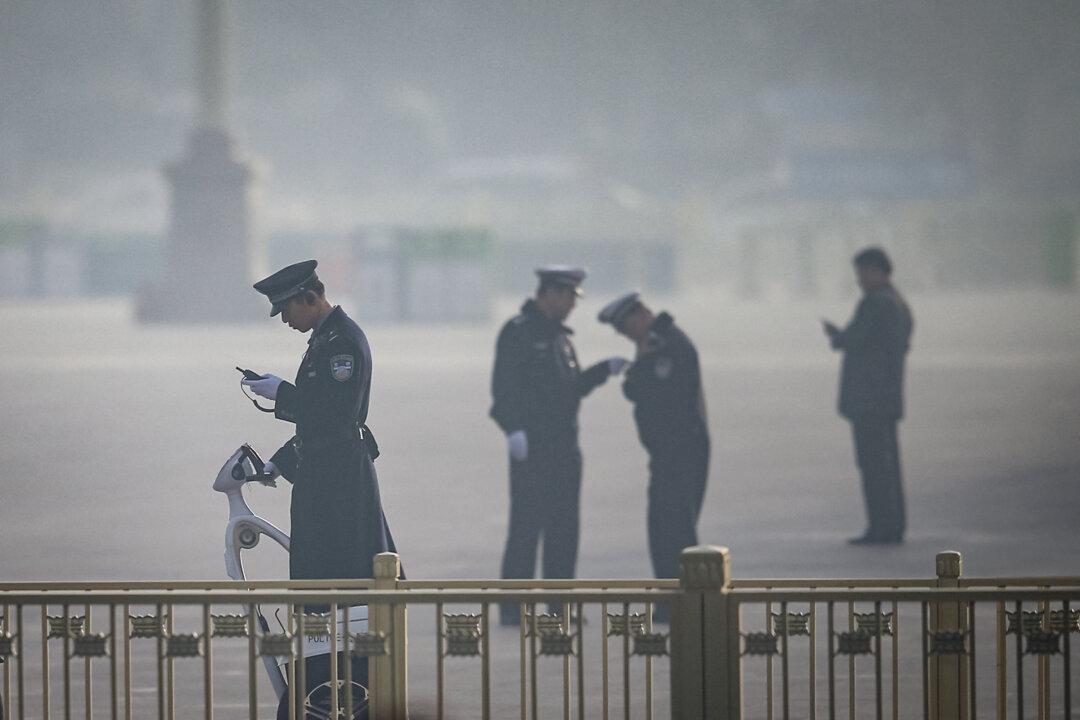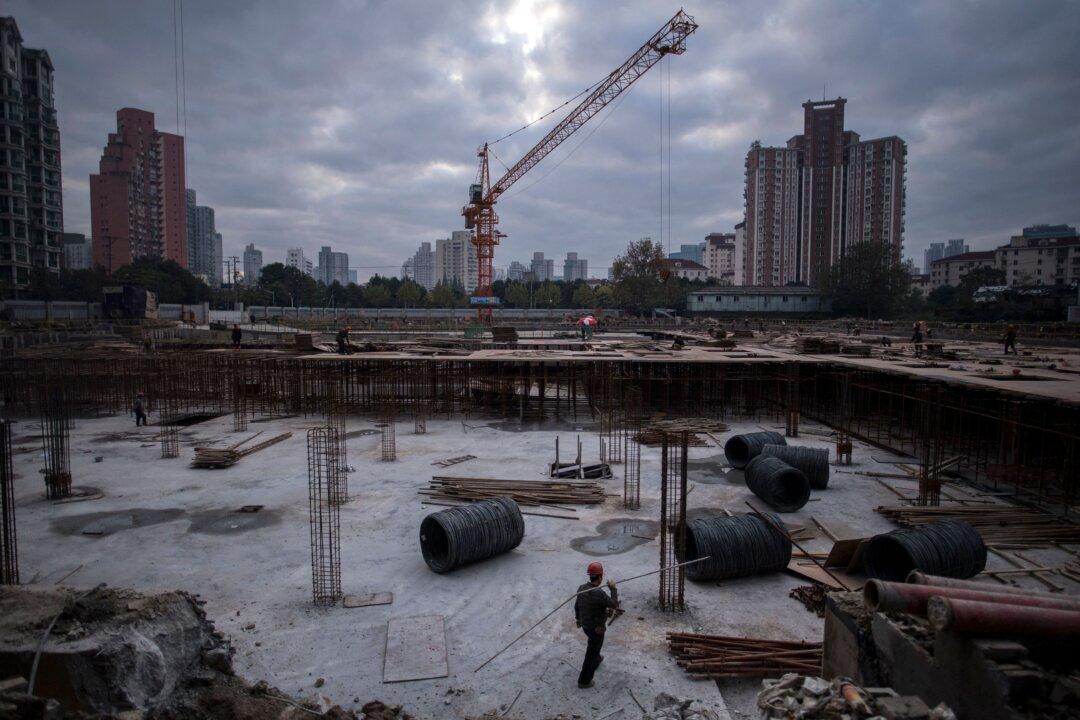News Analysis
Around midnight on April 13, Iran launched a series of missile and drone attacks against Israel in retaliation for Israel’s alleged bombing of a building adjacent to the Iranian embassy in Syria. Israel appeared to have carried out retaliatory strikes on military targets in Iran on April 19.





